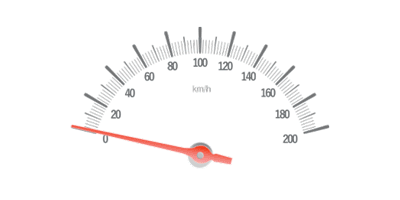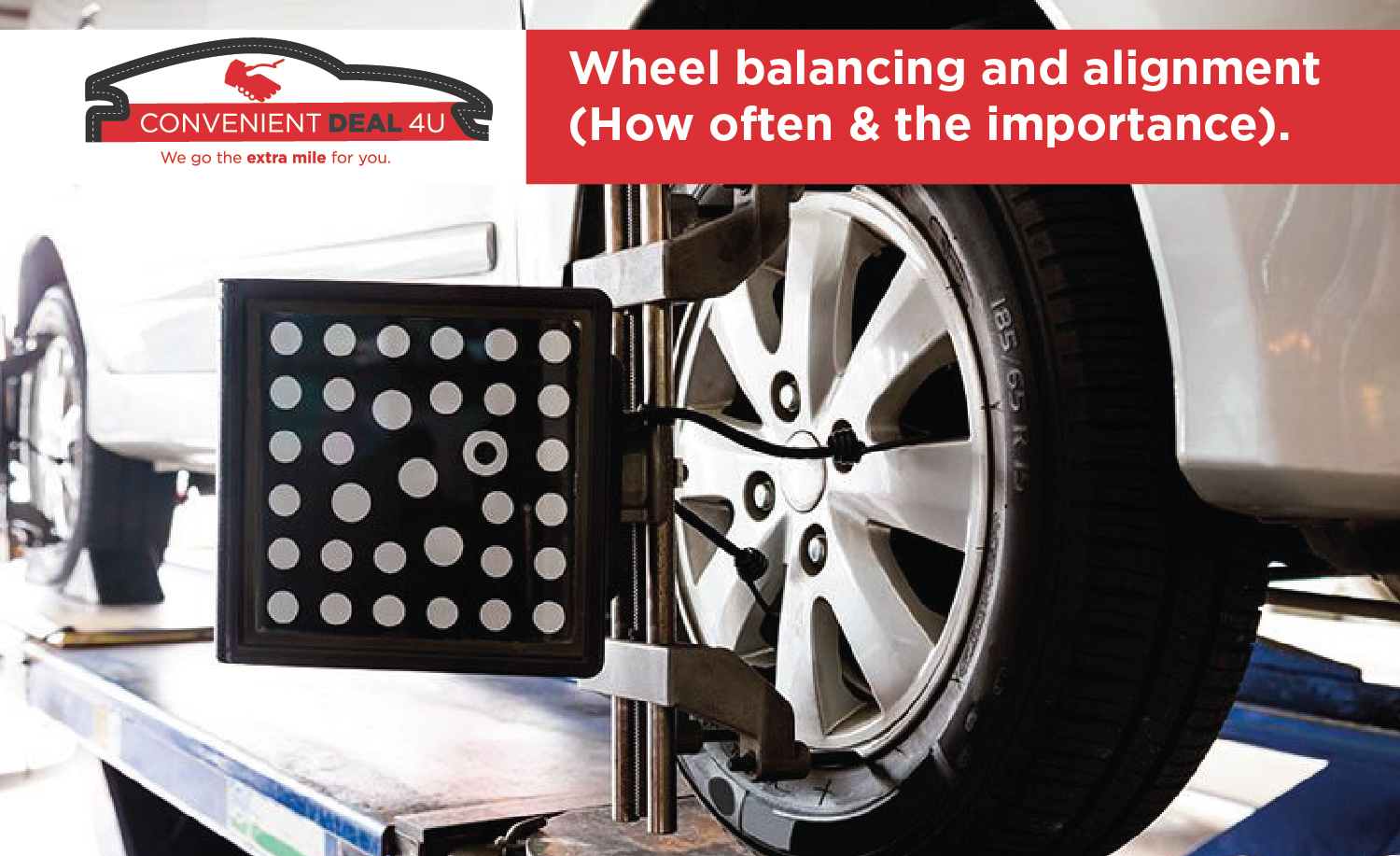Wheel balancing and alignment (how often & the importance)
“Yenza iK53 lapho,” directly translates to “Do the K53 [over there],” an order often barked out by a driving instructor giving yet another practical driver’s test which might otherwise have someone who doesn’t understand the nuance perplexed, somewhere in a Driver’s Licence Testing Centre located in the rural areas or sometimes even in the township. After all, isn’t K53 the defensive driving method on which the rules of the South African roads are based as well as forming the basis of passing the driver’s test?
What they really mean to say is “Do the pre-trip inspection,” something you’d have likely figured out long before you actually go for the test, having gone through one of those driving schools – you know what we’re talking about, right?
Anyway, this interchangeability is just one of many we’ve become accustomed to down in the diverse and multicultural tip of the African continent, to such an extent that as a professional in the services industry, part of your job description entails being able to tell what customers really mean by what they’re actually saying. In the car servicing and maintenance industry, wheel balancing is often used interchangeably with wheel alignment. In fact, some people think it’s the same thing or they don’t know that one might be different to the other.
The difference between wheel alignment and wheel balancing
While both automotive maintenance processes affect the handling and ride of your car, these are indeed two different things.
Wheel alignment entails the adjustment of the wheels’ angles, to ensure that they’re parallel to each other and perpendicular to the ground, while wheel balancing involves the manner in which the wheel interacts with the tyre. When wheels undergo the alignment process the aim is to rectify the visible signs of misalignment, such as steering problems or tyres wearing excessively, while the wheel balancing process aims to rectify visible signs of an imbalance which result in noticeable vibration that can be felt in the steering wheel or even the seats.
So if your car drifts off what should be a straight line when the steering wheel is pointed forward, it’s an alignment issue you’d be dealing with.
Fortunately though, as mentioned, most professionals you’d be dealing with can easily diagnose the relevant process required from the issue you describe to them, but it does help to know exactly what you’re dealing with so that you can make sure to get a Convenient Deal 4 U.
Generally, a good frequency with which to check and perhaps complete wheel balancing and alignment processes would be once annually, unless if you experience the issues which suggest that the wheels are out of balance or are misaligned.


There are no comments for this article